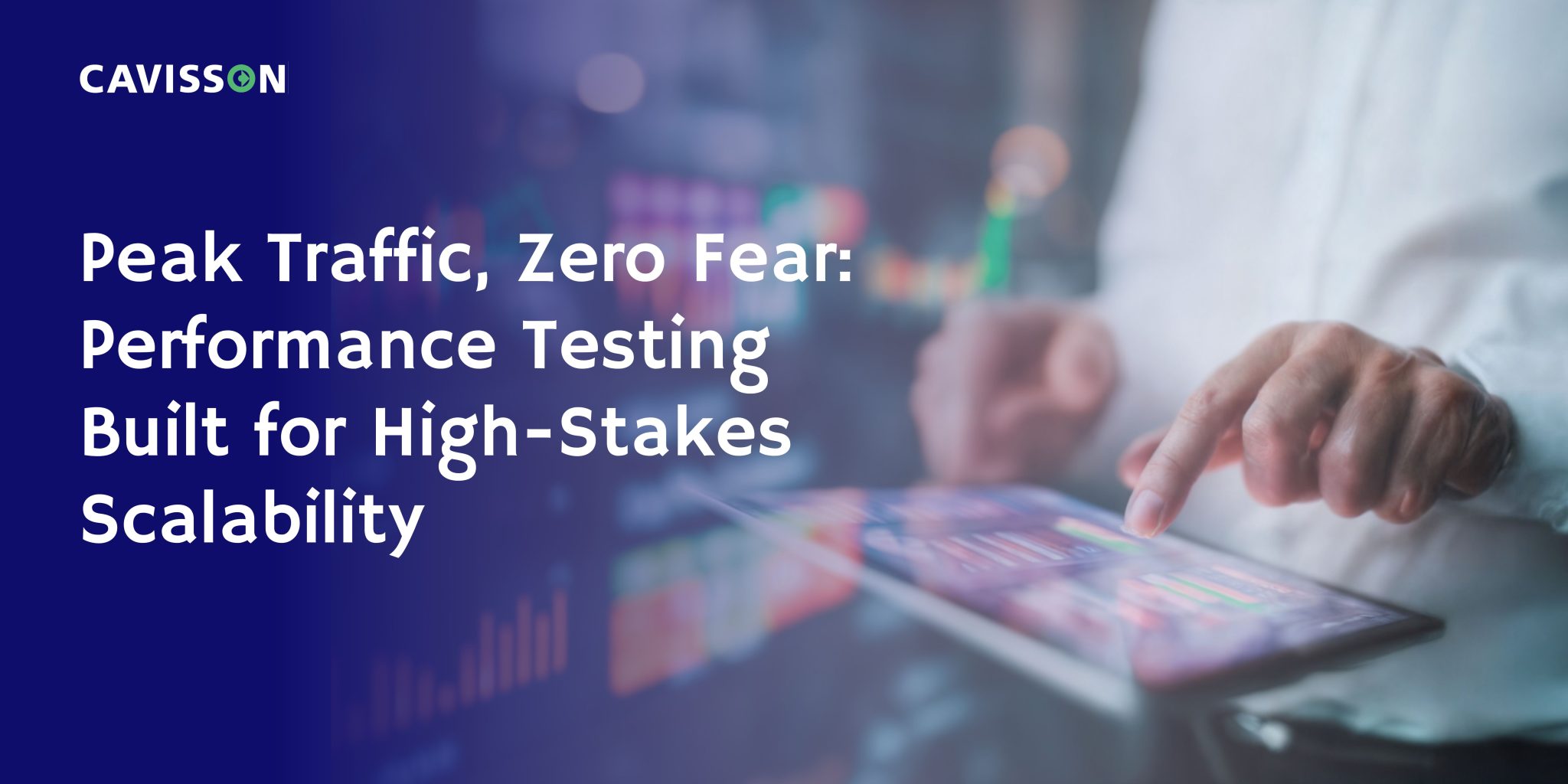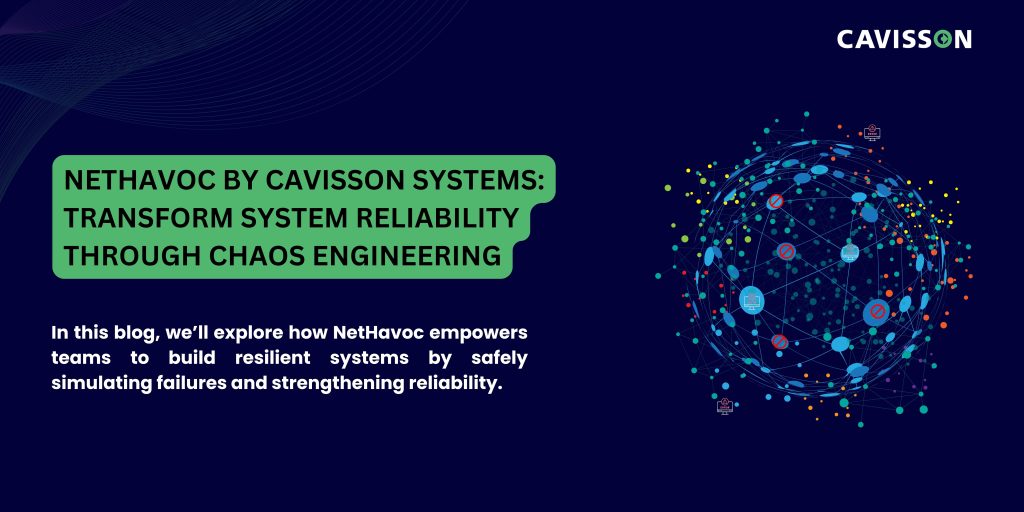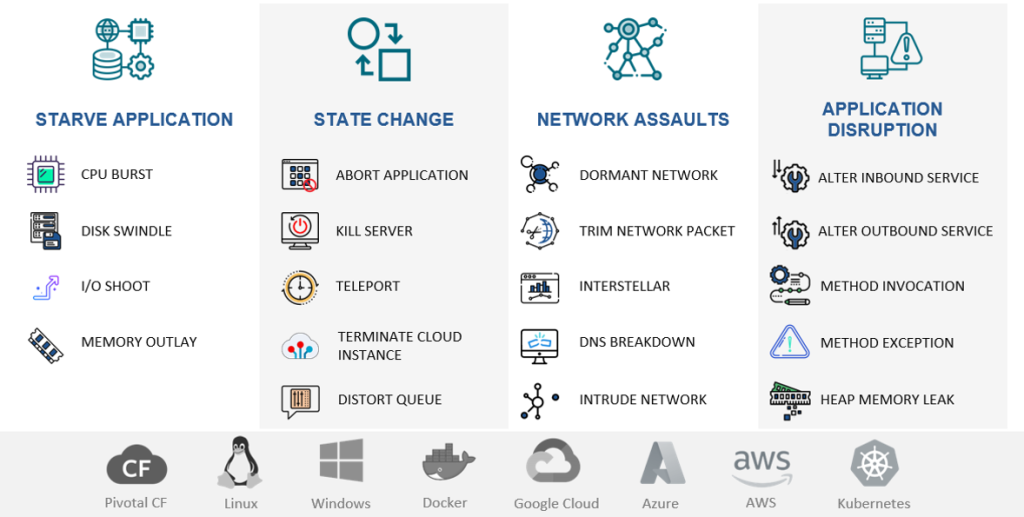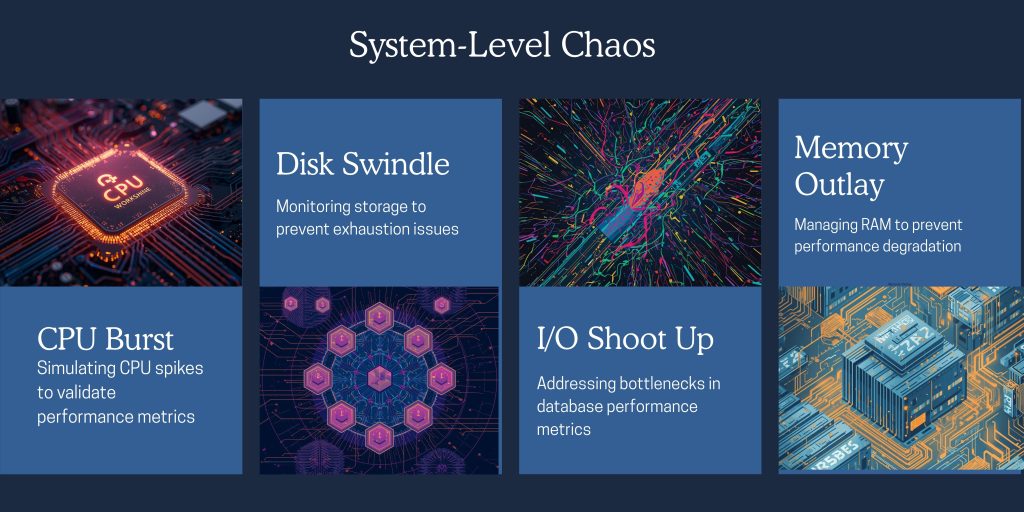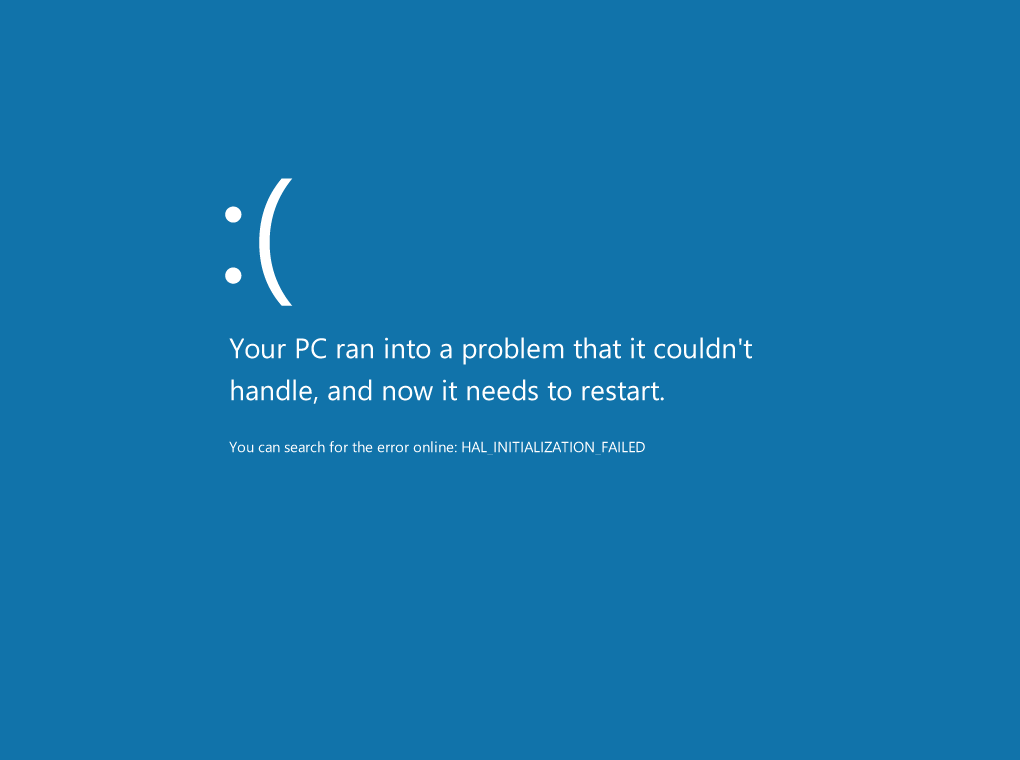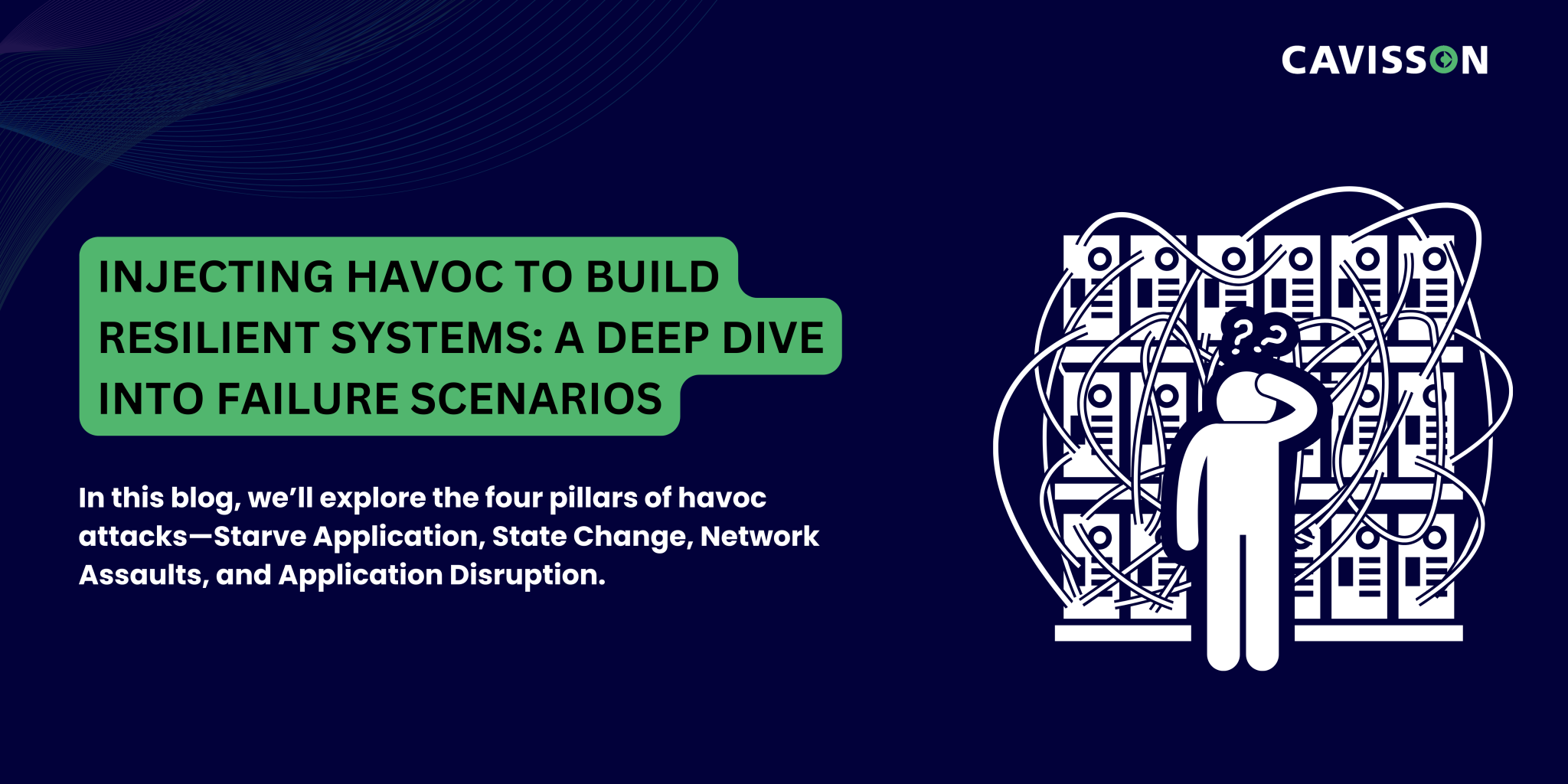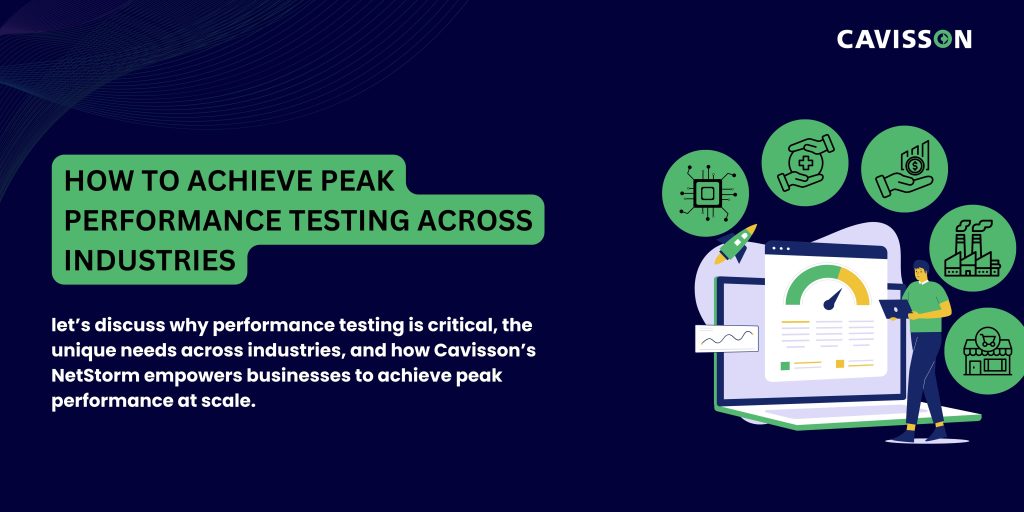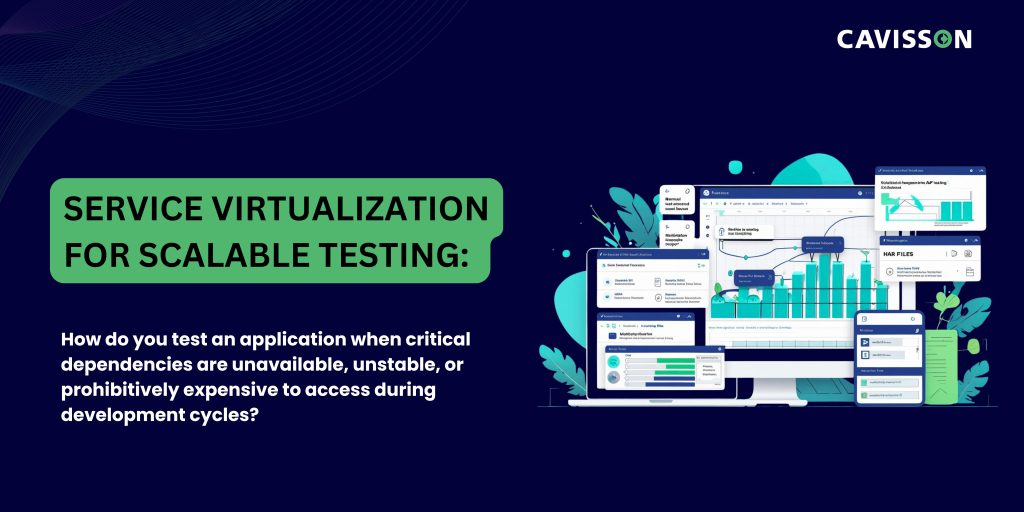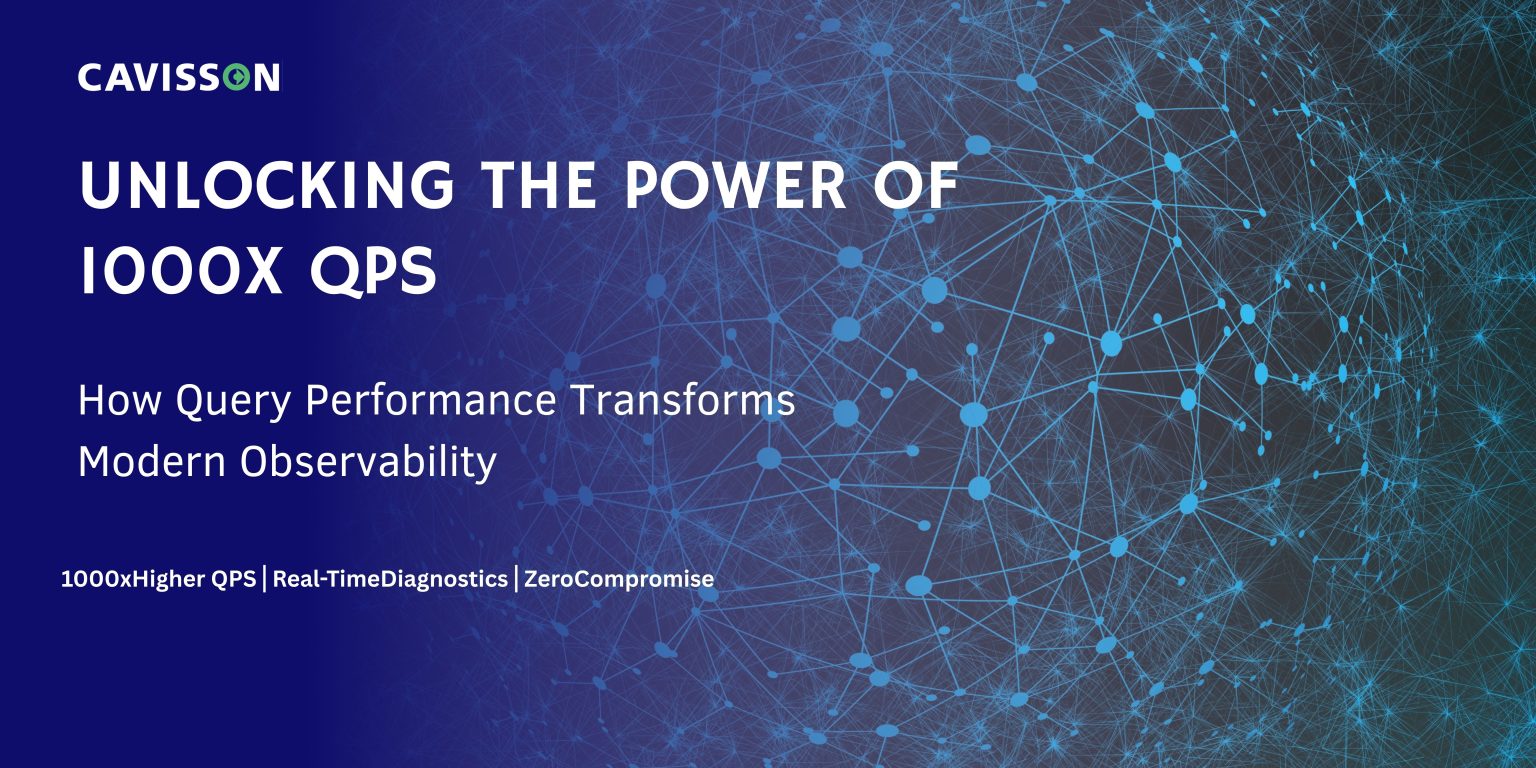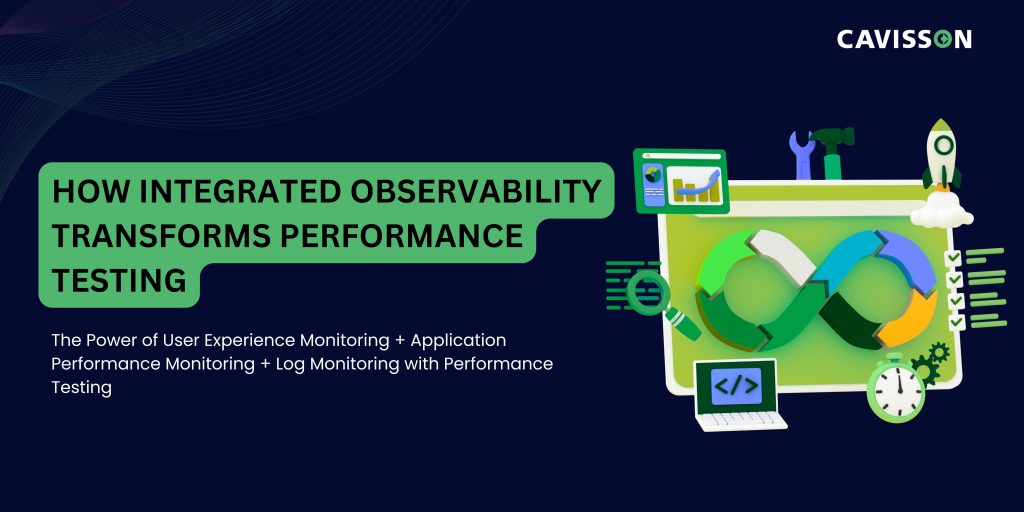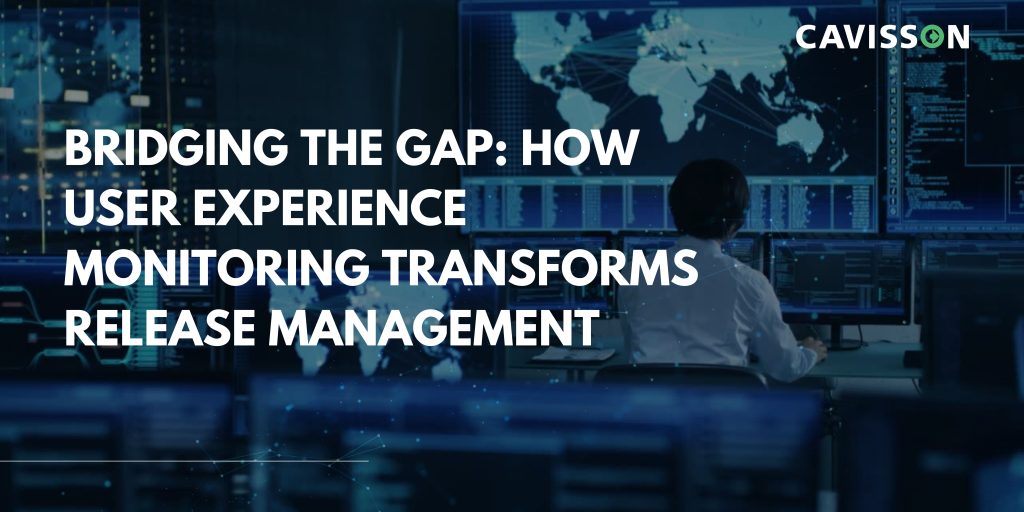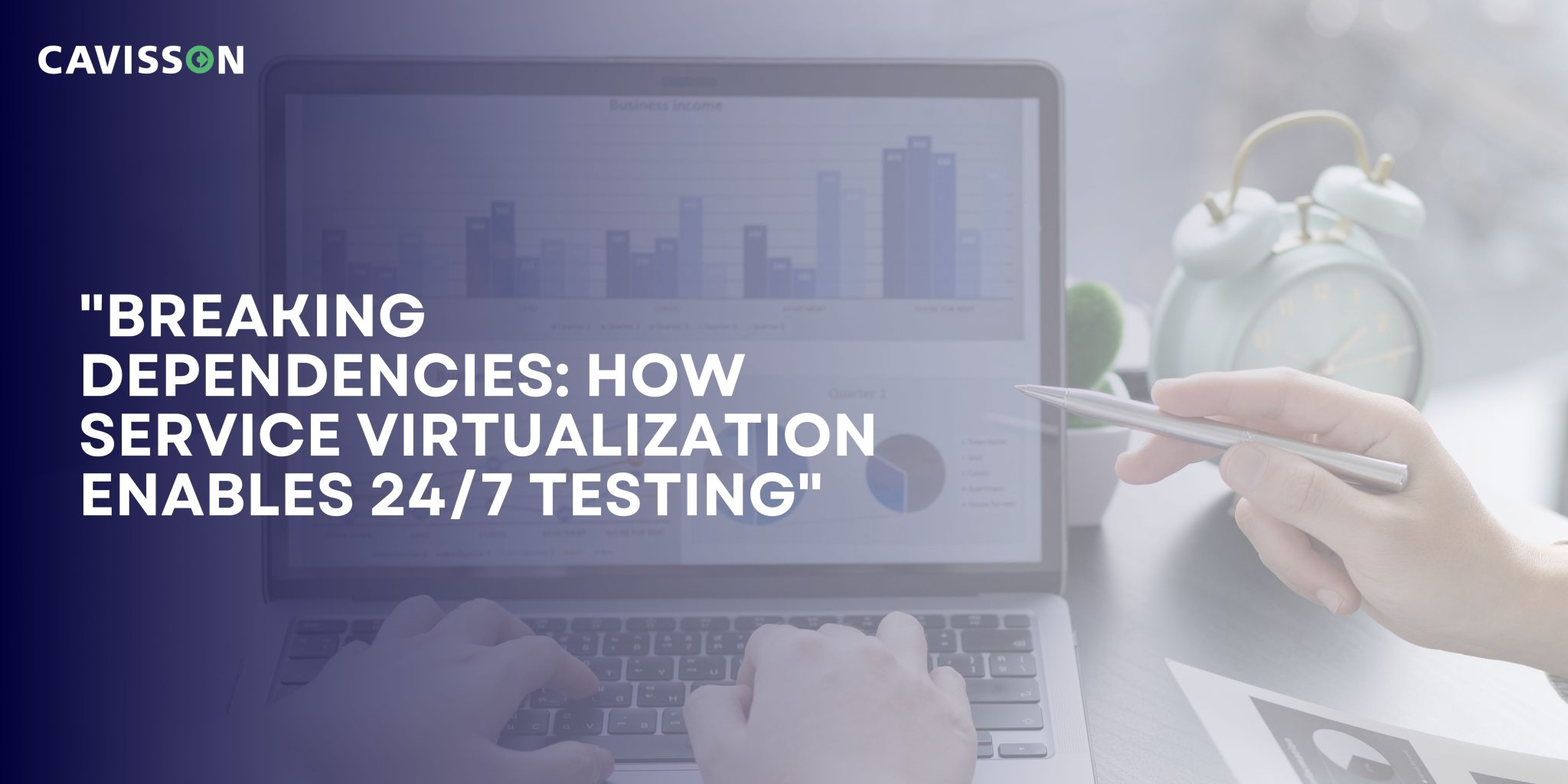
In today’s interconnected digital world, agility and reliability define success. Yet, as modern applications rely on an intricate web of microservices, APIs, and third-party integrations, testing them becomes increasingly complex.
What happens when a payment API goes down mid-test? Or when a partner system suddenly slows down?
Your testing halts. Release timelines stretch. Confidence in performance takes a hit.
This is where Service Virtualization—powered by Cavisson’s NetOcean—changes the game.
Dependency Chaos in Modern Systems
As enterprises move toward microservices and API-driven architectures, dependencies multiply. Each service connects to others—some internal, others external—creating a robust yet fragile ecosystem.
When even one dependent service is unavailable, unstable, or under maintenance, testing pipelines come to a standstill. Imagine a payment gateway outage or an inventory API going offline—your testing team is forced to wait, productivity drops, and release cycles slow down.
These dependency roadblocks not only delay innovation but also make it difficult to achieve true continuous testing and deployment—a cornerstone of modern DevOps.
What Is Service Virtualization?
Service Virtualization is the practice of simulating real-world dependent systems—APIs, databases, third-party integrations—so your teams can test anytime, anywhere, without relying on those services being live or available.
Cavisson’s NetOcean takes this concept to the next level by offering high-fidelity simulations that replicate:
- Functional behavior: Realistic API responses, protocol handling, and transaction logic
- Performance conditions: Latency, timeouts, and varied response times
- Data variability: Dynamic test data, payloads, and error codes
With NetOcean, testing environments mimic real-world behavior so accurately that teams can validate performance and functionality even when real systems are unavailable, incomplete, or costly to access.
Why NetOcean?
Cavisson NetOcean is a battle-proven solution for simulating backend applications during performance and quality testing. Designed for today’s complex digital ecosystems, NetOcean empowers enterprises to test faster, smarter, and more cost-effectively.
Here’s why leading organizations trust NetOcean:
- Reduce the total cost of ownership by eliminating the need for expensive third-party or production systems during testing.
- Enhance software quality and performance through realistic, controlled simulations that expose issues early in development.
- Accelerate time-to-market by enabling teams to test continuously without waiting for dependent systems.
- Improve availability and scheduling by letting testers focus solely on the system under test—no delays due to unavailable dependencies.
- Enable true Agile development by decoupling testing teams from complex architectures, supporting parallel development, and continuous delivery.
In short, NetOcean ensures your testing process remains uninterrupted, efficient, and reliable—helping you achieve always-on testing for always-on systems.
How Service Virtualization Drives Agility and Stability
NetOcean empowers development and QA teams to break free from dependency chaos and maintain momentum throughout the software lifecycle. Here’s how it delivers both speed and reliability:
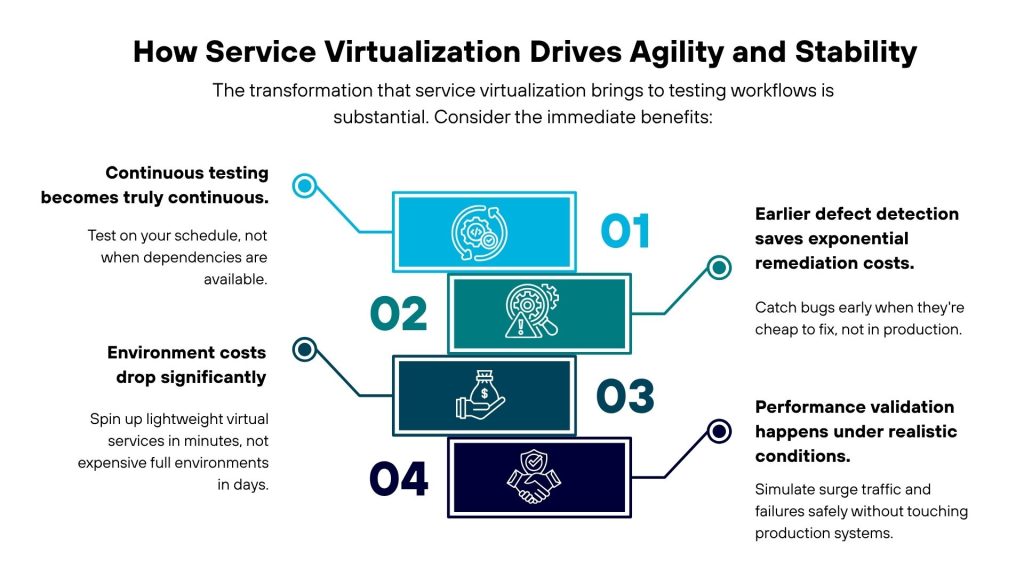
 True Continuous Testing
True Continuous Testing
Testing happens on your schedule—not your dependencies’.
No more waiting for external systems to be ready. Teams can execute tests continuously, keep development sprints on track, and enable parallel workstreams without resource conflicts.
 Early Defect Detection
Early Defect Detection
By testing integrations even before real services are live, teams can detect bugs, bottlenecks, and data handling issues early in the development cycle—saving significant time and cost.
A defect caught during unit testing costs a fraction of what it would in production.
 Lower Environment Costs
Lower Environment Costs
Virtualized services eliminate the need for costly full-stack test environments.
Spin up realistic, reusable testing environments in minutes and scale them down just as fast—no need to maintain expensive infrastructure that sits idle between releases.
 Realistic Performance Validation
Realistic Performance Validation
NetOcean enables teams to test under real-world conditions—think Black Friday-level traffic surges, network degradation, or third-party timeouts—without impacting production or incurring real transaction costs.
The result? Systems that stay stable, no matter what the digital world throws at them.
In short, Service Virtualization with NetOcean transforms your testing ecosystem into a predictable, reusable, and scalable environment—where innovation never waits on availability.
Business Outcome: Predictable, Resilient, Always-On Systems
Service Virtualization with Cavisson NetOcean empowers teams to build and test resilient systems that deliver consistent performance—even in unpredictable environments.
By removing dependency roadblocks, organizations achieve:
- Predictable release timelines
- Higher test coverage across complex integrations
- Reduced downtime and faster incident resolution
- Improved collaboration between Dev, QA, and Ops teams
In today’s “always-on” digital world, stability doesn’t start in production—it starts in isolation.
Conclusion
The road to application stability begins with removing uncertainty. By simulating dependencies with Cavisson NetOcean, enterprises unlock continuous validation, faster delivery, and greater resilience.
Because when testing never stops, performance never fails.
Ready to eliminate dependency bottlenecks in your testing cycles? Contact us to Learn more about how Cavisson NetOcean’s service virtualization capabilities can transform your testing strategy and accelerate your delivery timelines.


